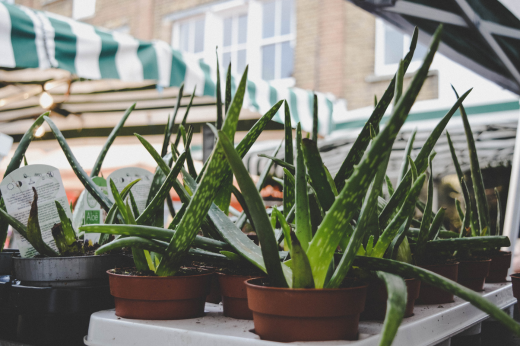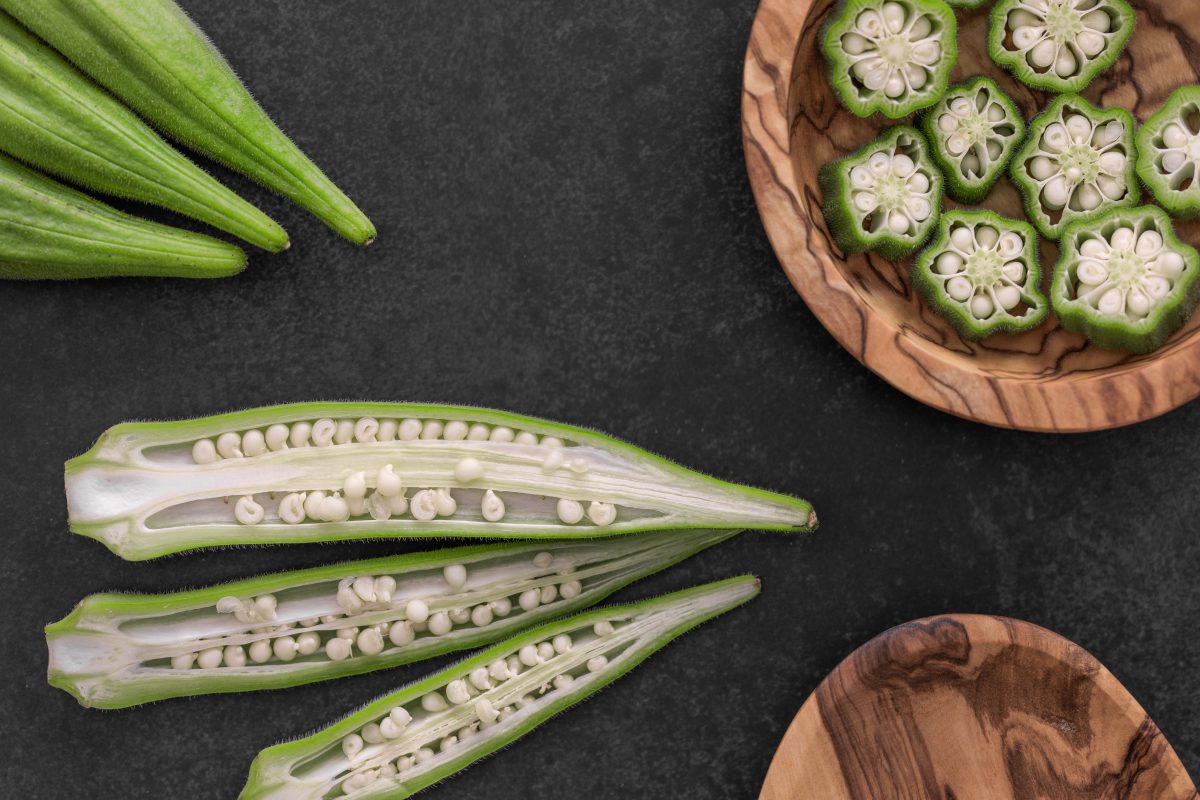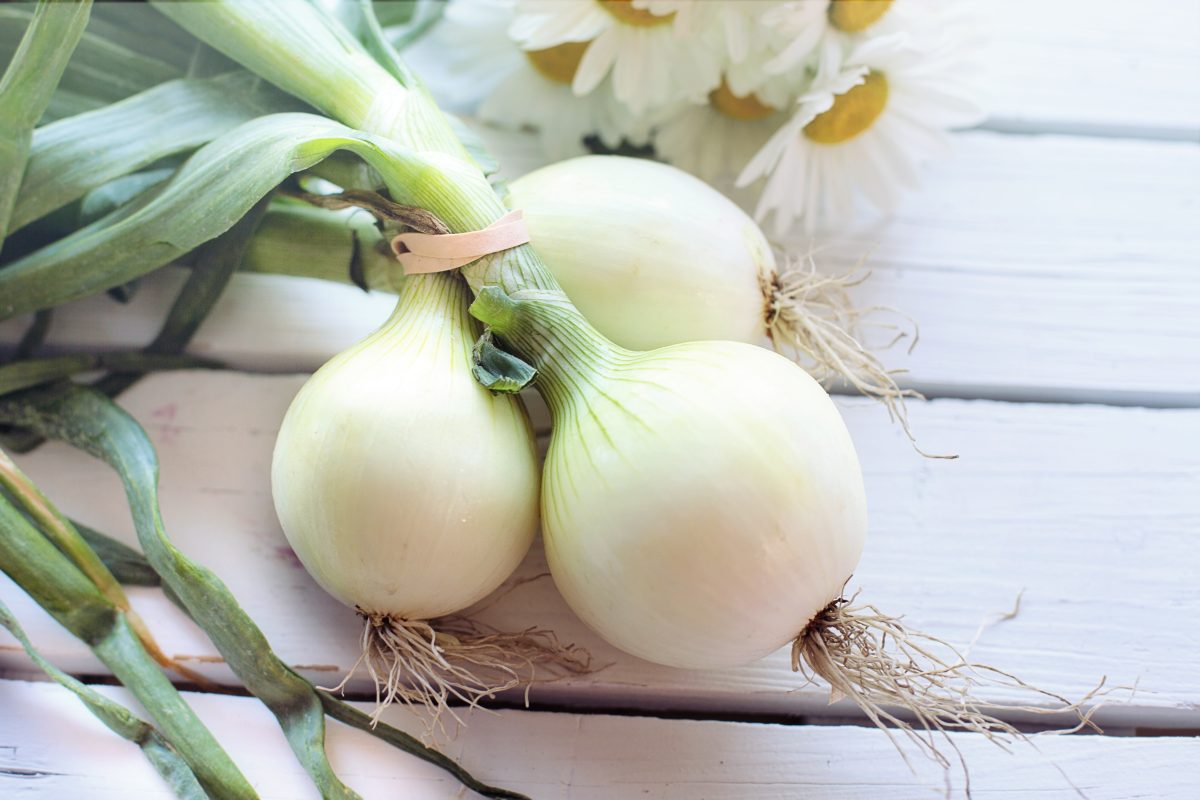Winter melons, also known as wax gourds or ash gourds, are a versatile and nutritious fruit that is cherished by gardeners and food enthusiasts alike for their delicate, mildly sweet flavor and long shelf life.
Despite its name, the winter melon thrives in warm weather and can be a rewarding addition to your garden. As you embark on the journey of cultivating these fascinating gourds, you’ll find that with the right guidance and some patience, you can successfully grow winter melons even in your own backyard.
In this article, we’ll walk you through the essential steps and expert tips for planting, nurturing, and harvesting winter melons, providing you with the knowledge you need to enjoy a bountiful and delicious harvest.
What Is Winter Melon?
Winter melon is a member of the Cucurbitaceae family, which includes squash and gourds. This is a fruit that is widely grown in tropical and subtropical regions of the world. While it is called a winter melon, it actually thrives in warm, humid weather and can be grown in the summer and harvested in the fall. The winter melon name comes from the long shelf life allowing us to eat them into the winter.

The fruit is usually oblong or cylindrical in shape, with a smooth, waxy green or white exterior that is covered in a natural protective coating called “bloom.”
The flesh of the winter melon is light green, slightly translucent, and has a mild, slightly sweet taste.
It is a popular ingredient in many regional cuisines, including Chinese, Indian, and Southeast Asian, where it is used in soups, stews, curries, and stir-fries.
Winter melons are also prized for their long shelf life and can be stored for several months without refrigeration.
Overall, winter melon is a versatile and nutritious fruit that is valued for its flavor, texture, and culinary uses.
Planting
Here are a list of recommended varieties that’s best to grow and harvest:
- Large Oblong (It grows the most fruit per plant)
- Southern Dark Sin
- Large Round
- Long Giant (It bears the largest fruit)
- Hybrid Wonder Wax
- Hybrid Small Round
- Hybrid Thai Small
- Hybrid Thao Nuan
What They Need
These annual plants love full sun and should be sown after the last frost date in your area. If you live in a colder climate, start the seeds indoors and transplant them outside after your soil reaches a minimum of 60 degrees F.
When planting your winter melons, sow 4 to 6 seeds about an inch deep in mounds or depressions 24 inches in diameter. Use a 6- to 12- inch mound if you’re planning on irrigating or if you live in an area that gets summer rainfall. The depression helps provide plenty of water in areas with drier climates. Plant rows about 4 feet apart with about 3 feet between plants.
Using seedlings from your local garden center will give you a harvest around 1 and a half months earlier than if you start seeds outside.
If you’re starting your own seedlings inside, you can transplant them into your garden once the seedlings have around 4 to 5 fully developed, mature leaves.

Temperatures
Winter melons are tropical plants and need warm weather to thrive. The ideal temperature for growing them is between 60- and 80-degrees Fahrenheit, with consistent humidity levels. Provide some afternoon shade for plants that will be exposed to temperatures over 95 degrees F. Ideally, your winter melons will do best in temperatures between 75- and 85-degrees F.
It’s also important to note that winter melons love stable temperatures; they don’t like sudden changes in heat or coldness (or anything else). If possible, try not to move your winter melon around too much because this could cause its roots damage which will prevent them from absorbing nutrients properly later on down the road.
Soil Type
Winter melon needs well-drained soil that’s rich in organic matter. Aged compost should be added before any planting. They also thrive in soil that’s slightly acidic with a pH level between 5.5 and 6.5.
Growing
Watering
Winter melons like their water, so you’ll want to water frequently, especially when the fruit starts to grow. Like most things, you don’t want to overdo it though.
When you water the vines, do your best to keep the leaves and the fruit dry. Wet leaves and fruit can lead to fungal diseases, especially if they’re in direct contact with the ground.
Aim to keep the soil around these plants evenly moist and not soggy.
Pruning

Winter melons can be left to their own devices, but to get a healthier fruit crop you will want to do a little pruning.
Remove any yellow leaves at the base of the plant as well as any that appear to be affected by diseases or pest damage.
Removing these leaves means your vine will pour more resources and energy into the healthier part of the plant.
Harvesting
When it comes to winter melons, the size isn’t always the best indicator that it’s time to harvest. Unless you’re very familiar with the variety you’re growing, there are too many different sizes available to make that a determining factor.
When winter melons reach their maturity they develop a white powder-like coating over the skin. This is one of the indicators that the fruit is ready to harvest. The best indicator though is when all the leaves turn mostly yellow. This takes around 4 to 6 months for the average vine.
When you’re ready, harvest your winter melons by cutting them off with a knife or scissors. Winter melons will keep in a cool, dry place for 5 to 6 months. Ideally, they should be stored at temperatures between 55- and 60-degrees F.
Diseases And Pests
Winter melons suffer from the same pests and diseases as your other garden plants. Keep an eye out for those that are partial to plants such as other squashes, pumpkins, and cucumbers.
When it comes to pests, watch out of:
- Snails
- Leafhoppers
- Beetles
- Aphids
- Spider Mites
- Slugs
- Squash Vine Borer
- Squash Bugs
By nature, these lovely fruits are susceptible to the following diseases:
- Root rot
- Powdery Mildew
- Alternaria Blight
- Downy Mildew
- Septoria Leaf Spot
- Angular Leaf Spot
- Phytophthora Blight





